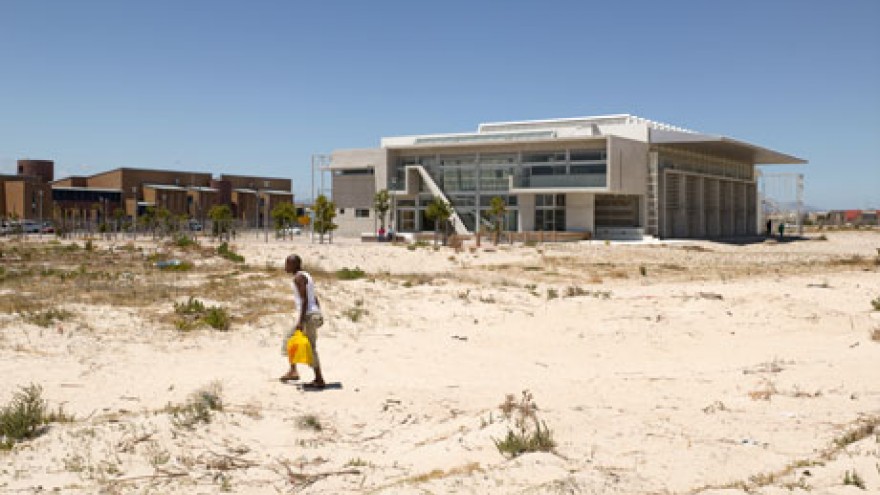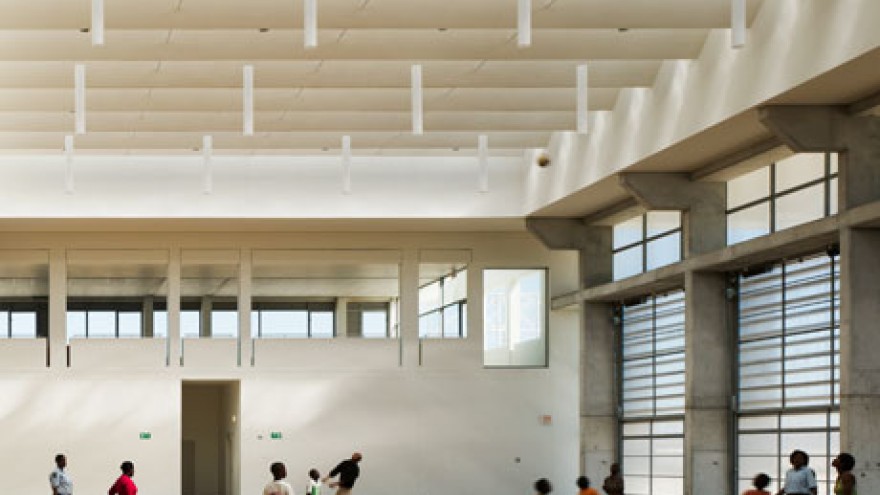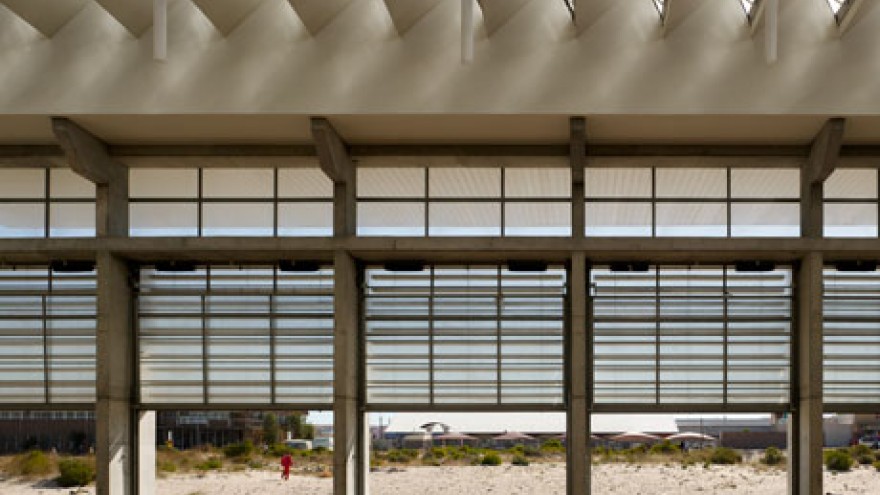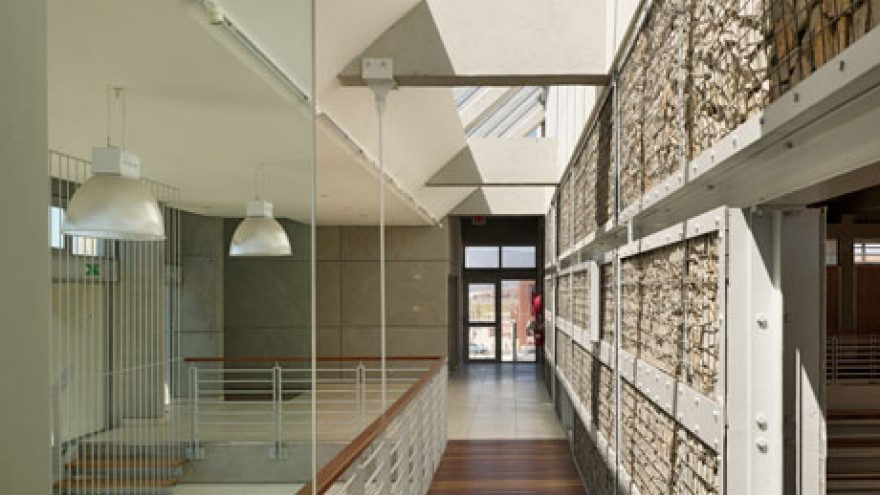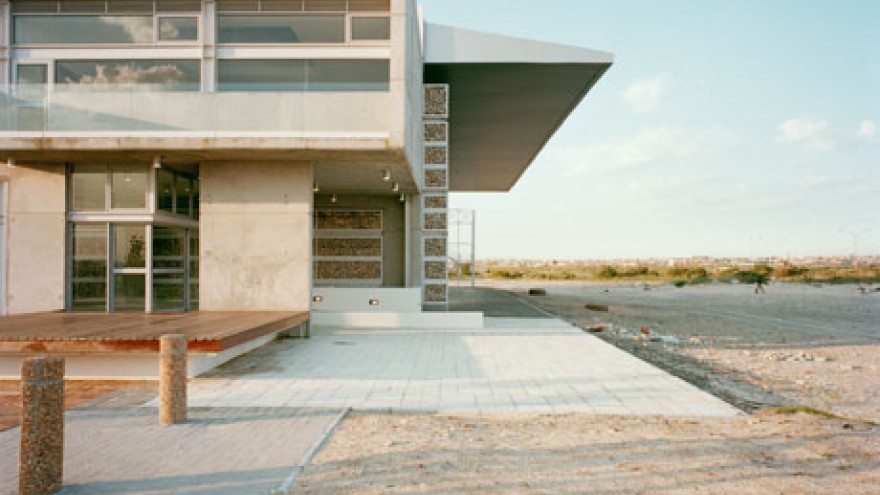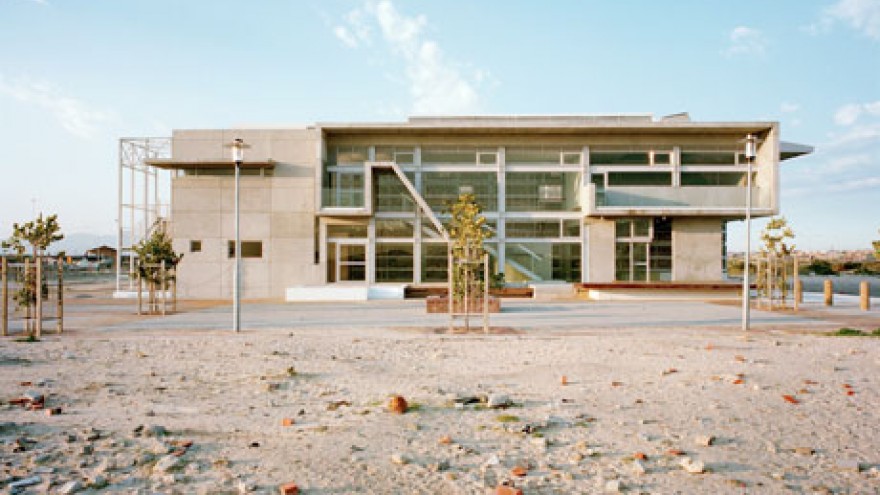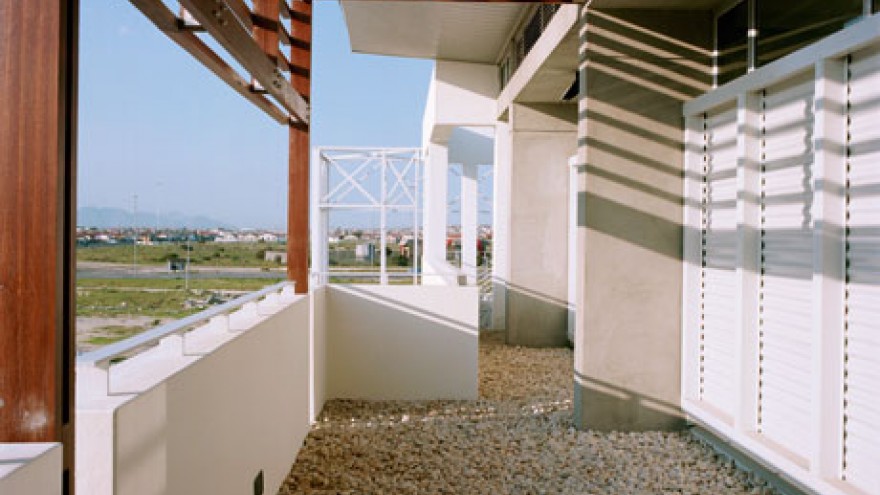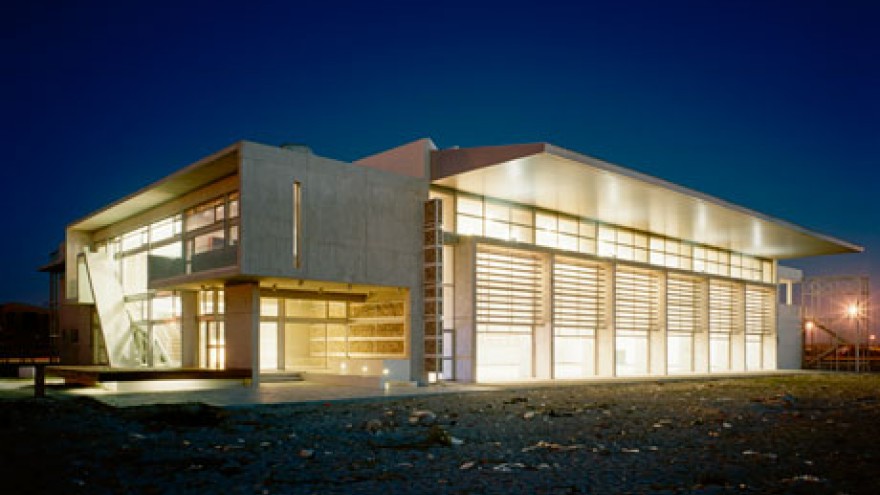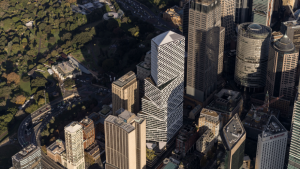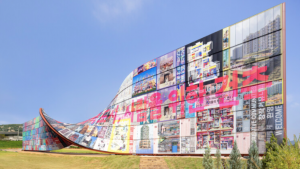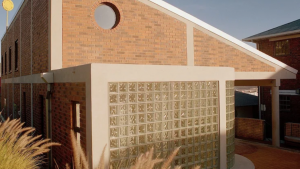Mokena Makeka’s vision is to ensure that “creativity is rightfully located as a viable cultural production and a critical tool for the leaders of tomorrow”. Makeka is a man convinced of the positive possibilities of design, especially in South Africa.
Following the refurbishment of Cape Town Station for the new public transport system, one can appreciate this man’s bullish idealism as more than simply a dream. His most recent project, the station, is a manifestation of his commitment to creating relevant and interactive public spaces and establishing good design as a basic human right.
Makeka, now based in Cape Town, was born in South Africa and raised in New York. In 1987 his family moved to Lesotho and in 1993 Makeka returned to South Africa where he graduated with a distinction in architecture from the University of Cape Town in 2001. He went on to win a scholarship to do his masters in City Planning and Urban Design. During this time Makeka, in partnership with Dr Mpho Matsipa, entered an international competition for the redesign of Robben Island prison museum. Coming second in this competition gave him the confidence to open his own practice, Makeka Design Lab (MDL) in 2004. His personal highlights include being chosen by Hertzog and De Meuron as one of a 100 architects globally to be part of Ordos 100.
How important is it to ensure sustainability and longevity in design and architecture?
A mistake many people make is to think that design is about ensuring things. Good design is merely a scaffold that allows people to undertake certain activities and to perform in desirable ways. The question is more about the kind of scaffold that the designer or architect is providing. For example, one cannot ensure that one makes a space that will be used for public gatherings but if you deal with the ground plan in an interesting way, you make a space that has that possibility. It’s very important that design is not about instructing people what to do but about making spaces that offer different potential for people to make their own decisions.
What is the purpose of public spaces?
The making of public spaces is about trying to build up as many potential ways for the public to interpret that space in response to their own culture and to make their own meaning in that space. In South Africa we have a range of cultural backgrounds so, by extension, there is a subtext about what is deemed acceptable in certain public spaces. What happens then is that certain cultural activities, like ritual slaughter or initiation, is pushed to the fringe, which means that our public spaces don’t represent the full cosmic reality of what it means to be South African. There is a very precise class interpretation of how one is expected to behave within the city and within public space. To make public spaces relevant relies on the alchemy between the agent (architect or designer) and the client. It relies on a mix of the right mood, the right headspace, the right place, the right time and the response from the market place. The architect brings all of this to bear in a way that makes the whole being larger than the sum of its parts.
Is the experience of public space not very subjective? Given the cultural diversity in South Africa, how does design “neutralise” it?
To make public spaces relevant and interactive requires a measure of subjectivity. The subjective condition cannot be escaped. Objective principles need to be followed in design, yes, such as the space’s urban functionality and its active edges and how much protection it is able to provide from the elements, but the response to the space will always be subjective. Public spaces privilege or disadvantage certain cultures. We need to develop new cultural public spaces that reflect the complexity and beauty of who we are as a people. There are too many things that for historical reasons have been hidden, or placed in our backyards, because the role of public spaces were defined by one particular cultural and class grouping. South Africans, by nature, have not claimed public spaces to the fullest extent. It will take time before people really feel comfortable and feel that public spaces are something they can really take ownership of.
What then is the architect’s role in promoting public spaces?
The architect needs to bring to bear an attitude that enhances and improves the public’s understanding of their role in public spaces. One designs a space in its totality, hoping that it can accommodate many things, but you also accept that the space will evolve after you’ve left it. The question is then how to make it so that it will evolve in a meaningful way and facilitate nation building. Designers have a very subtle but powerful role to play in the phenomenology of how people move through space. Unfortunately, because it’s so subtle, people don’t actually realise it.
How important is sustainability and longevity in design?
There is a danger to the word “sustainability”. It can easily be misinterpreted or abused by people to the point where it actually becomes meaningless. And when one starts to talk about sustainability, people get bored because they think you’re just jumping onto some fashionable bandwagon and trying to use the latest terminology for development. I prefer to use the word “resilience”. Resilient communities are able to accommodate shock and change, and they are able to adapt and survive when conditions shift. Resilient communities are able to evolve in a manner that’s neither detrimental to people nor the environment.
Longevity is slightly different because it doesn’t necessarily speak to the same subtext as resilience. Longevity is more about survival. Taken from that perspective, longevity could simply be about survival of the fittest and therefore accumulating the most resources to ensure survival. Longevity is not a useful term.
The question then is how do you design for communities to become less fragile and more resilient. In South Africa we continue to have separate, gated communities and we continue to have service-delivery protests about toilets in Nyanga, in contrast to the types of issues that would drive the ratepayers of Camps Bay livid, for example. As a whole, South Africa exhibits features of being fairly fragile and not being resilient because we don’t have a broader sense of community and interrelationships.
What are the biggest design and architectural challenges we face in South Africa?
There is a need for massive infrastructural change in order to make our society robust. We’ve been cruising along thinking it’s all okay but now we’re realising that it’s really not okay. This raises managerial issues, it raises planning issues and it raises issues of foresight. The solution is in education, but for a large part we’re still grappling with questions like: “What is it that an architect does?” People don’t realise that there is a social and economic dimension to architecture. It’s about understanding that cities attract film, media and tourists because their buildings are beautiful. It’s all part of our evolution to learn to not be content with meagre offerings and mediocrity.
You’re planning on using your prize money from the Johnnie Walker Celebrating Strides Award 2010 to establish an “Academy for Creative Excellence”. What is your vision for this academy?
The academy is a new idea and a new challenge. It will be about creating interdisciplinary partnerships and about becoming more conscious of the role that creatives, from architecture, art, theatre and sculpture to music and entrepreneurship, can play in and inform the development of society. It’s about understanding the impact of creative leadership and fostering a culture where creative thinking is used as a management tool for conflict resolution. I want the academy to be a place where creatives are exposed to other like-minded creatives, a space that will act as an incubator for talent and as a bridge between segregated communities.

